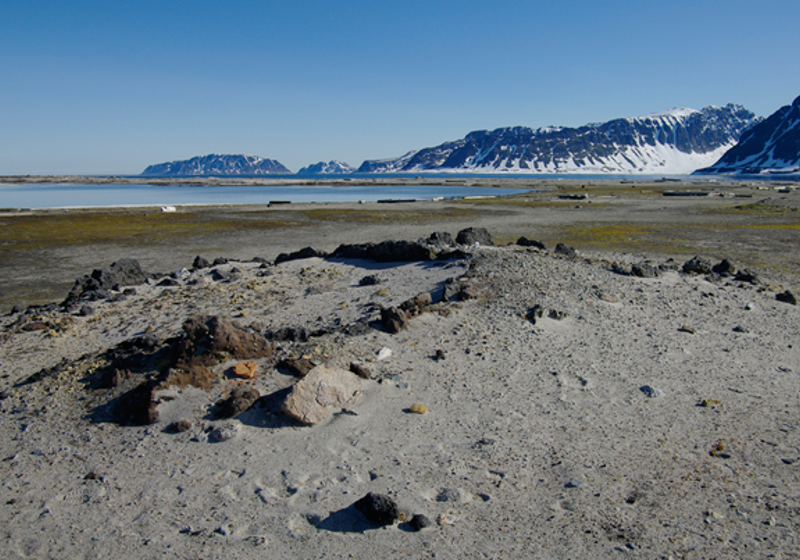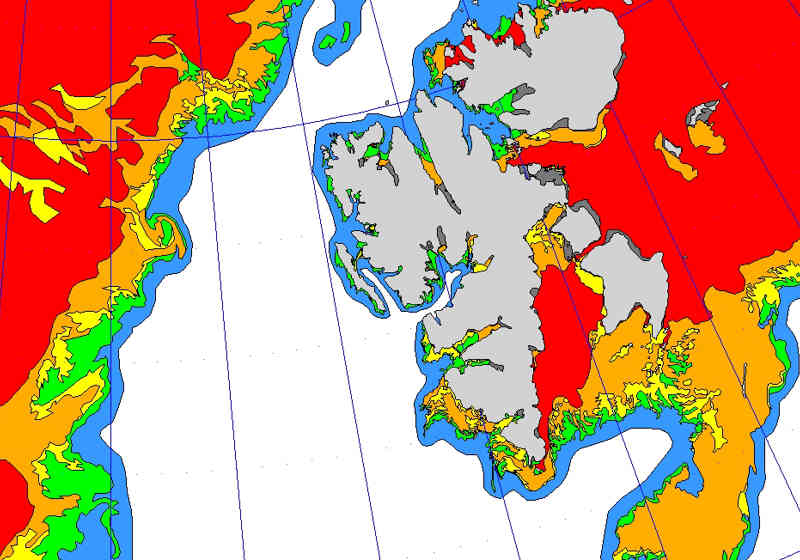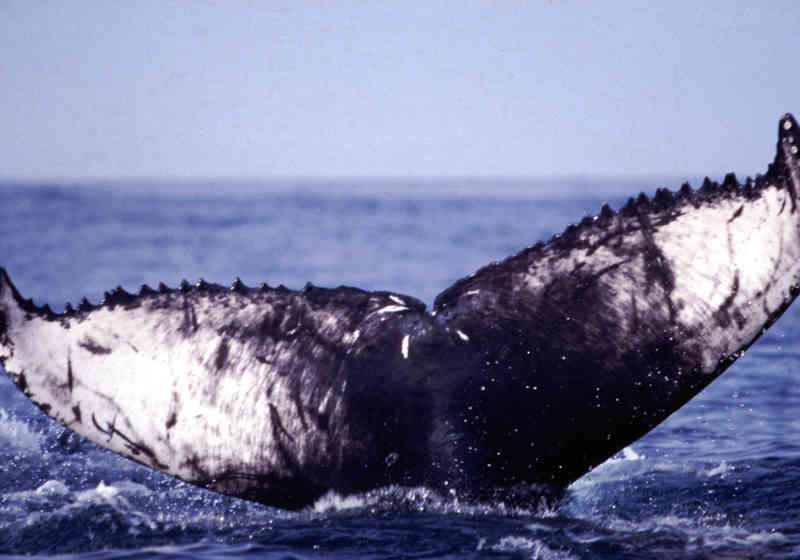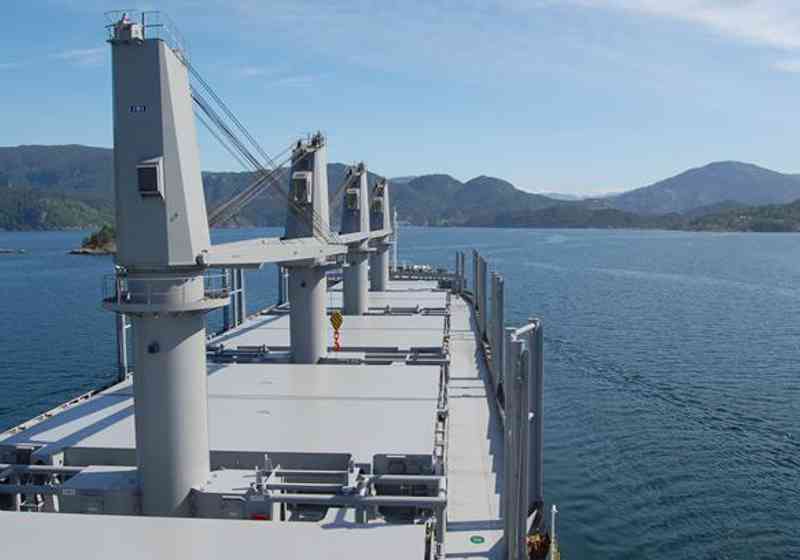Articles

Radioactivity
Last updated:
The main sources of radioactive contamination in Norway have until now been the fallout after nuclear testing in the 1950s and 1960s, Western European reprocessing facilities for spent nuclear fuel and fallout from the Chernobyl accident in 1986.

International cooperation
Last updated:
The Climate and Pollution Agency has organised surveys of polluted locations along the Norwegian coast. The Environmental Departments at the County Governor's offices are responsible for working out county action plans for contaminated sediments.

Earlier pollution is still creating problems
Last updated:
Pollutants are transported to marine areas from a number of different sources. High levels of hazardous substances in some fjords and harbours are mainly the result of earlier industrial discharges. The use of chemical pesticides in the agricultural sector can also play a part.

Chemicals accumulate in the food chain
Last updated:
A number of the hazardous substances found in coastal areas are very persistent, which means that they break down very slowly in the environment. Some, such as PCBs and dioxins, can cause damage even in small concentrations.

Situation improved in polluted fjords
Last updated:
More than 20 years of monitoring hazardous substances along the Norwegian coast has provided a good overview of the content of contaminants in fish, shellfish and seabed sediments.

Habitats
Last updated:
In broad terms, habitats in the ocean can be split in two, the seabed and the water column.

Svalbard – history and significance
Last updated:
The Svalbard archipelago is located in the High Arctic between 74° and 81° north and 10° and 35° east. Two thirds of the islands are covered with ice and snow all year round.

Ice Map and information about change of sea ice
Last updated:
Increased activity in the Arctic, often near the ice edge or on the ice, combined with a trend for thinner ice, requires detailed mapping of sea ice for safe transportation in northern areas.

Mammals
Last updated:
The entire life cycle of marine mammals is linked to the sea.

The NCA's notification and information services
Last updated:
The NCA operates notification and information systems for the registration and tracking of ship-related information, with a particular focus on information relating to hazardous or polluting cargoes. The services also includes information that contributes toward maritime safety.